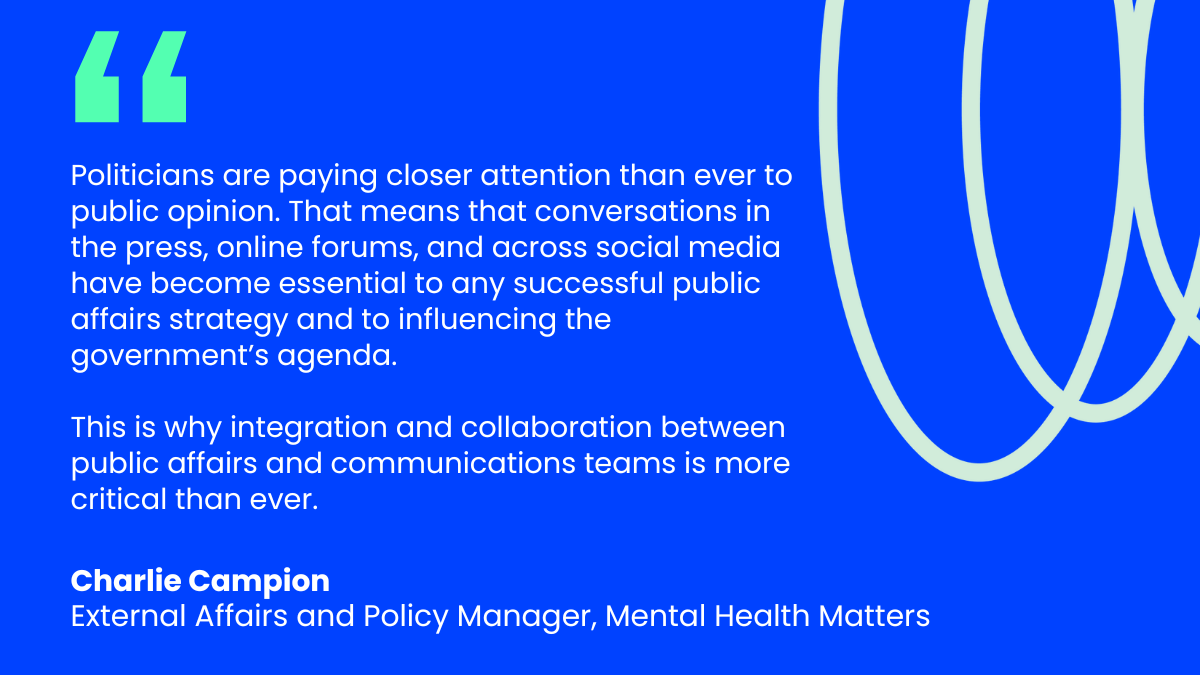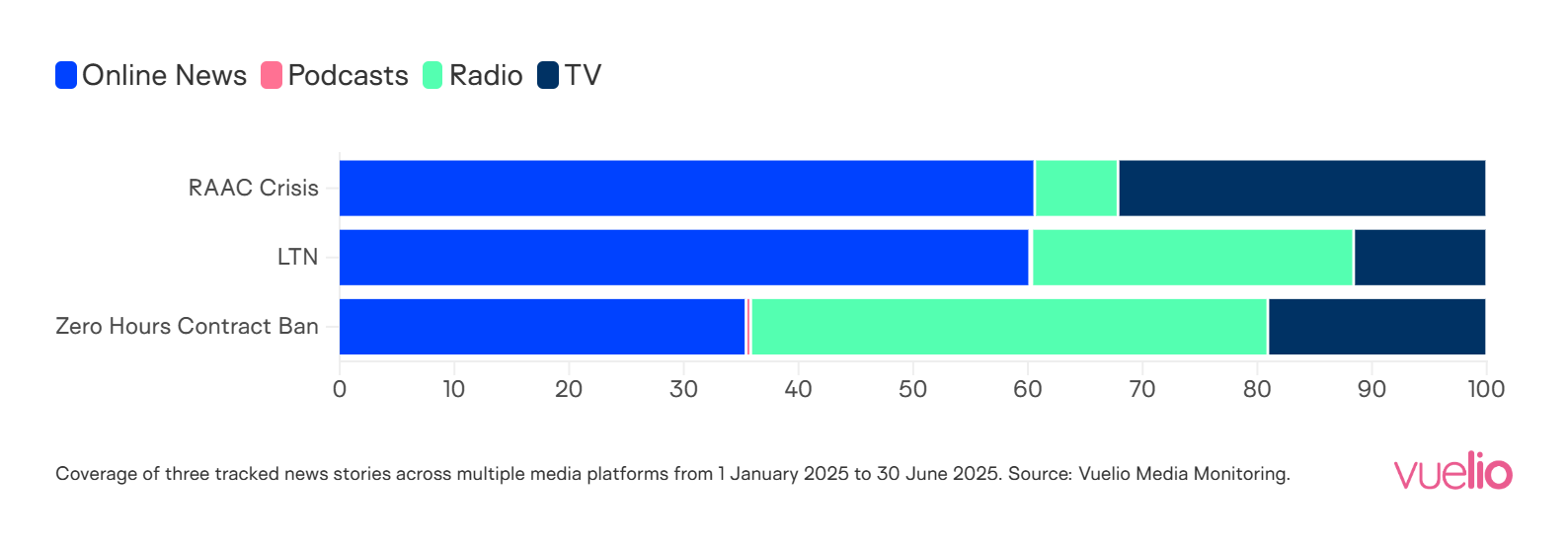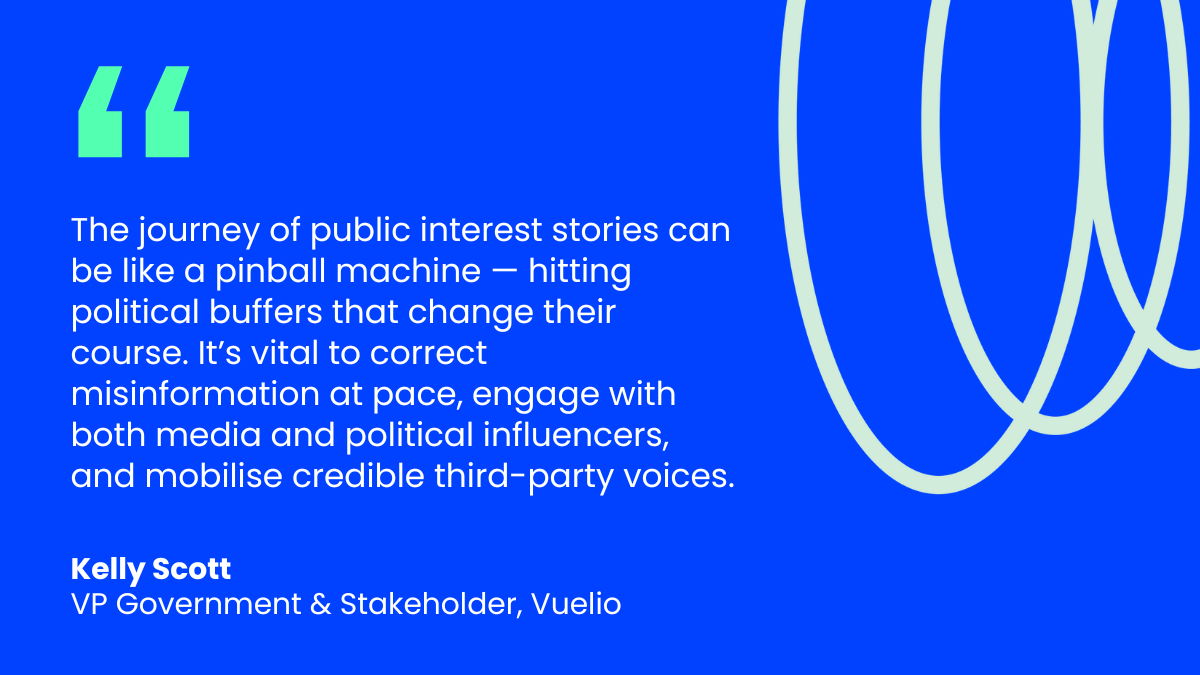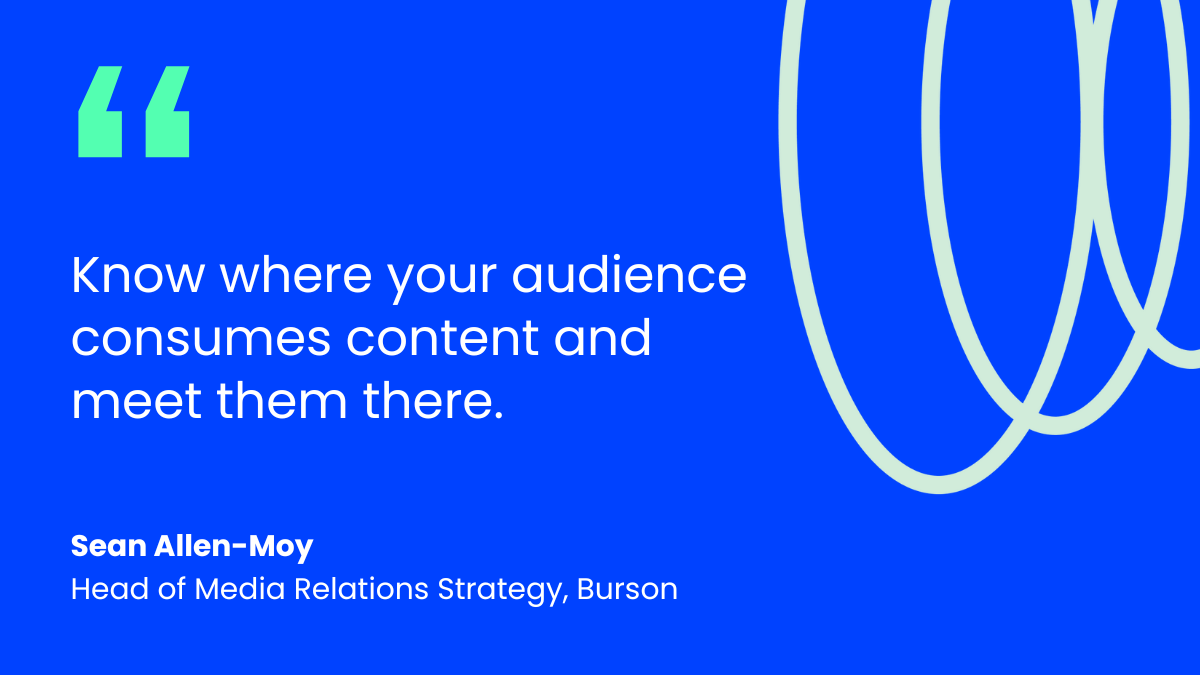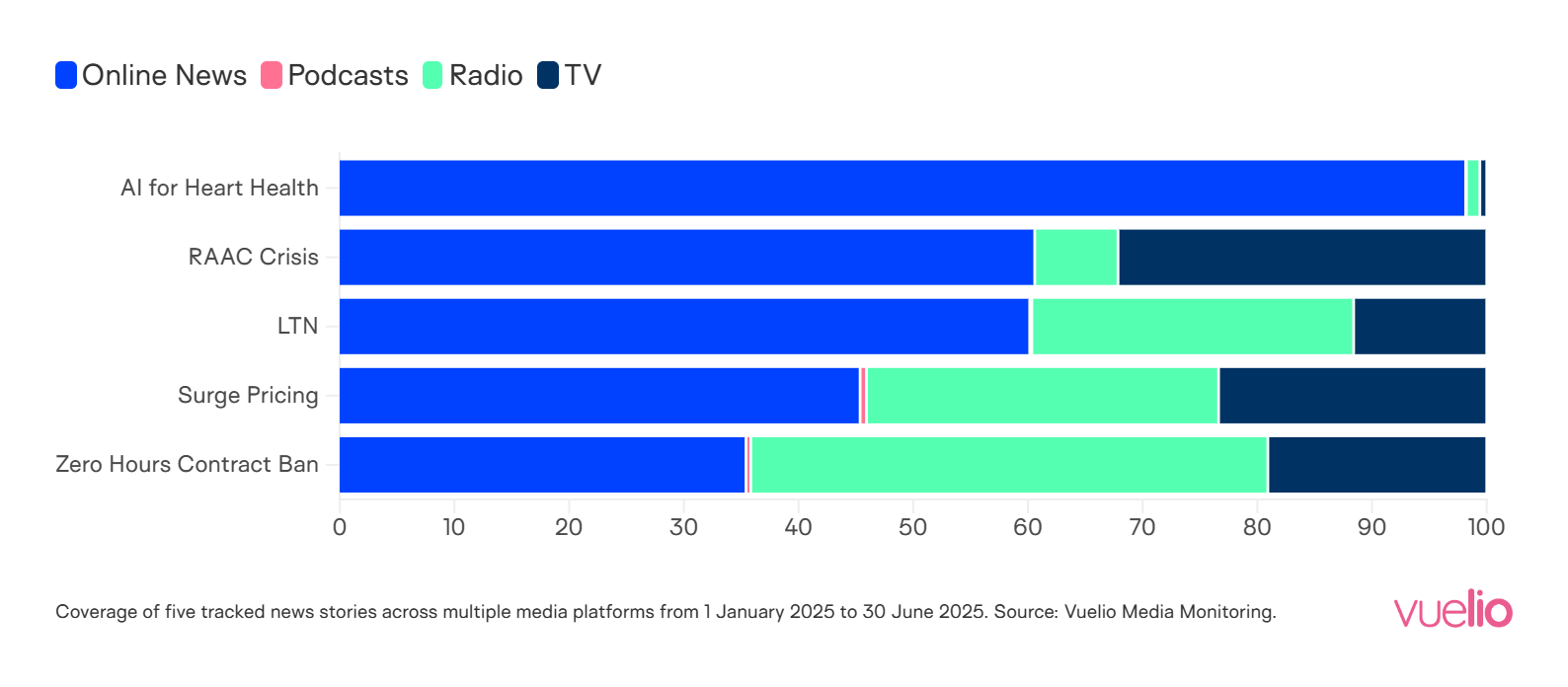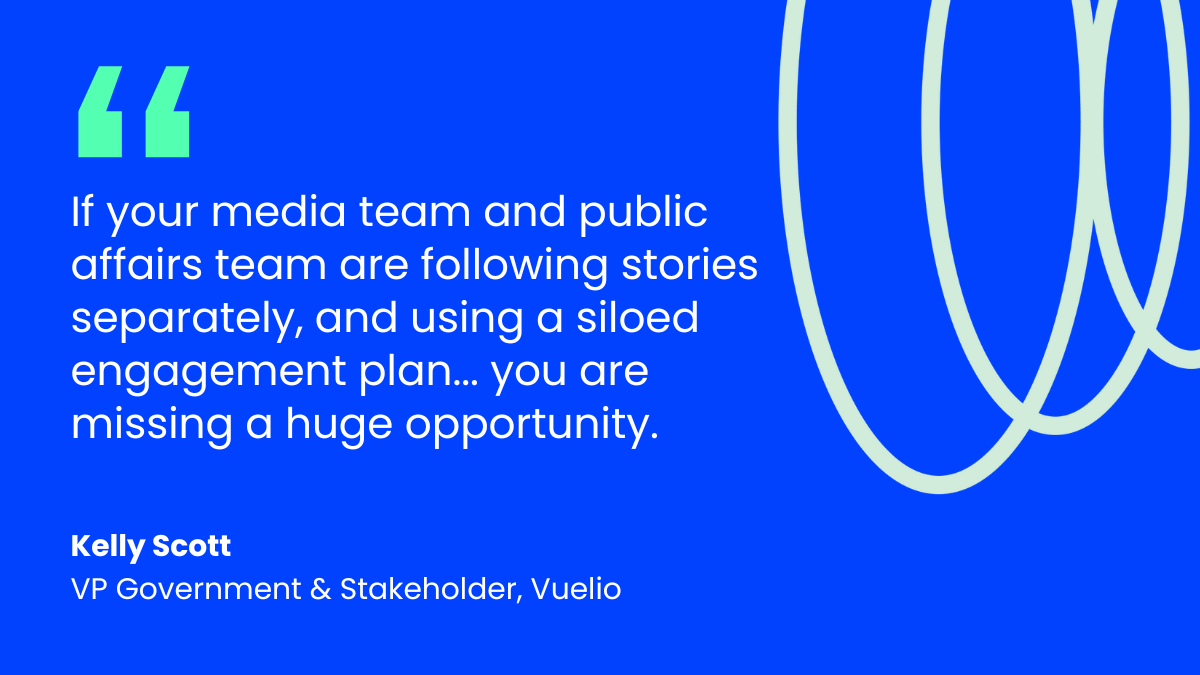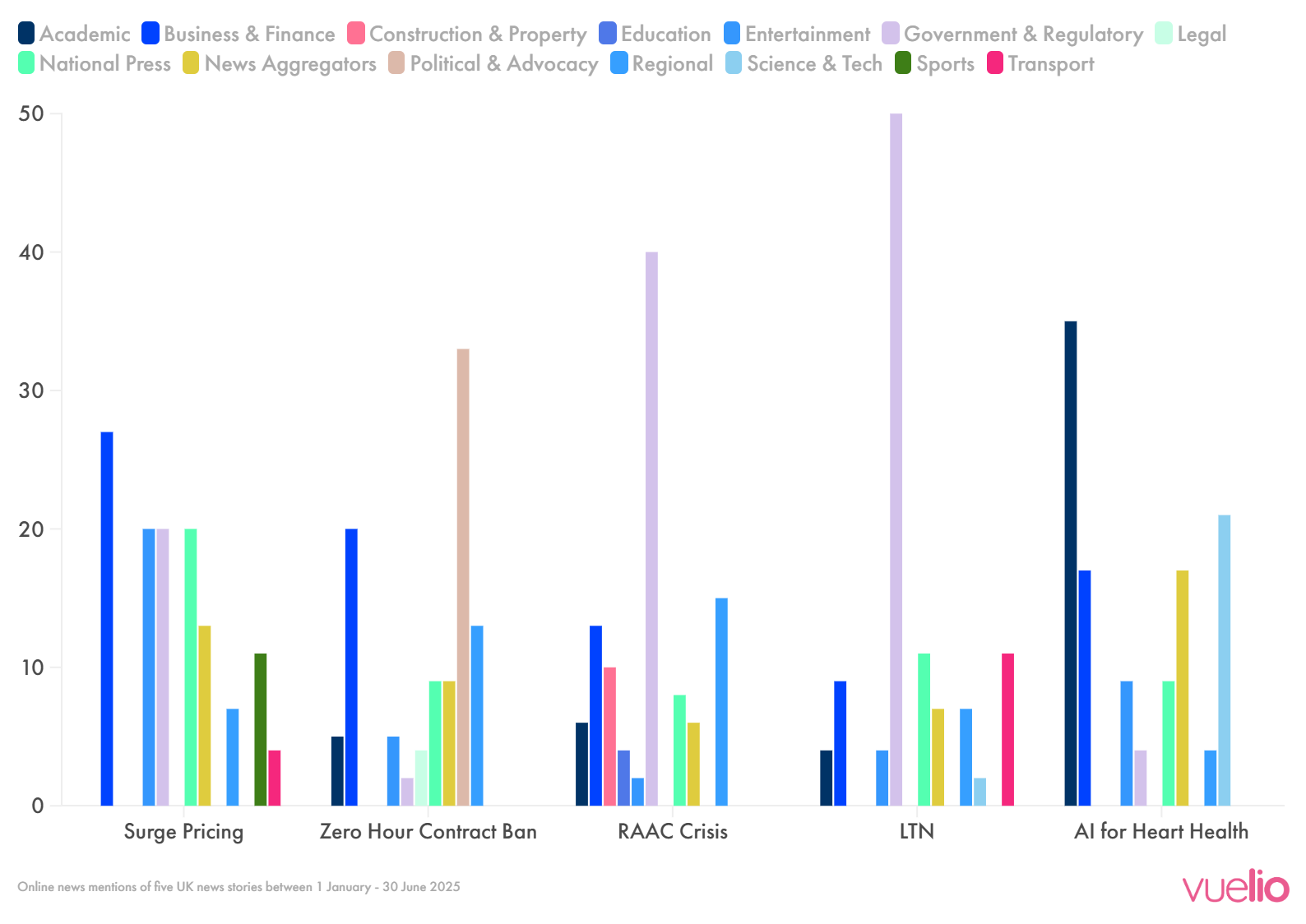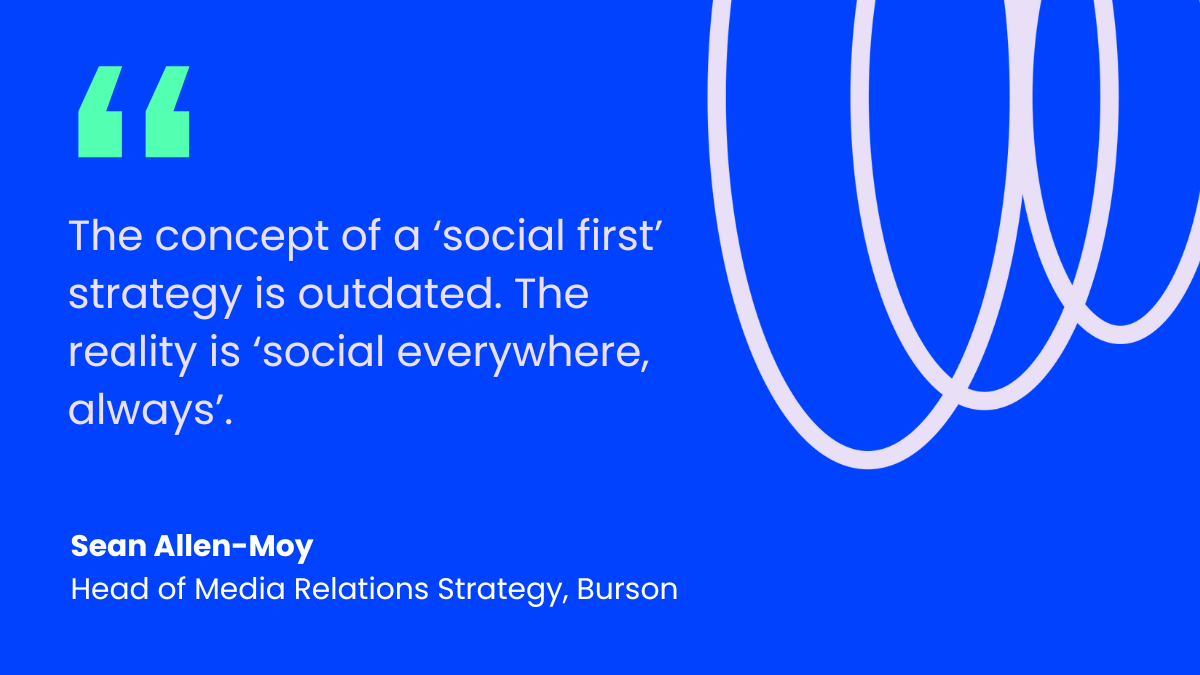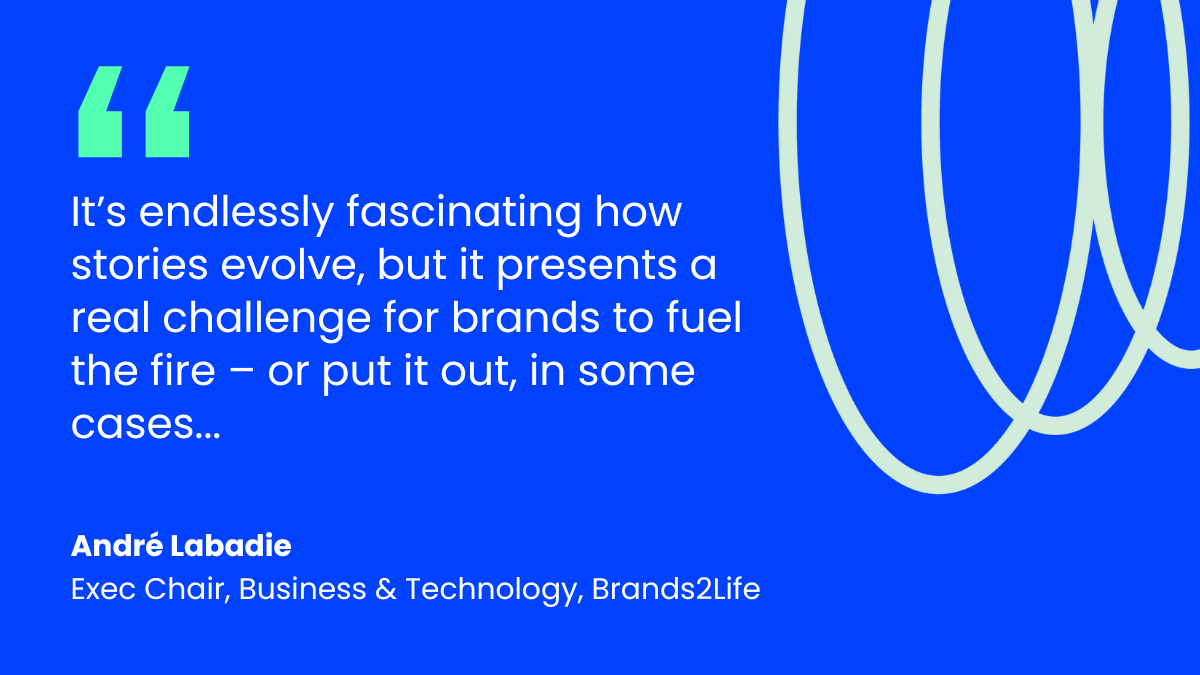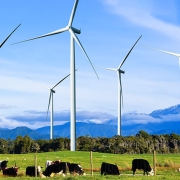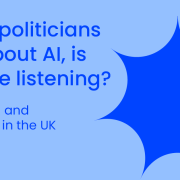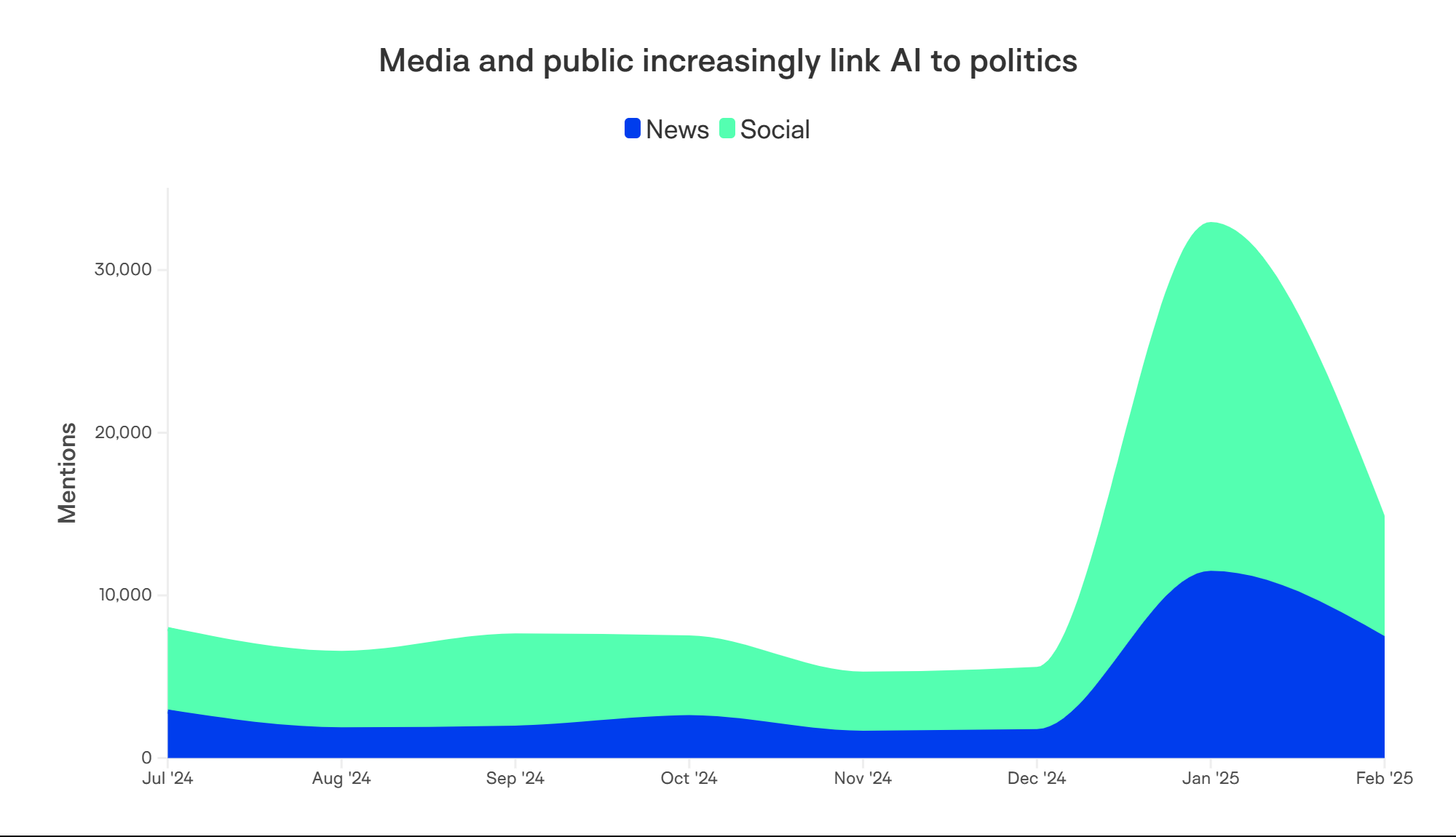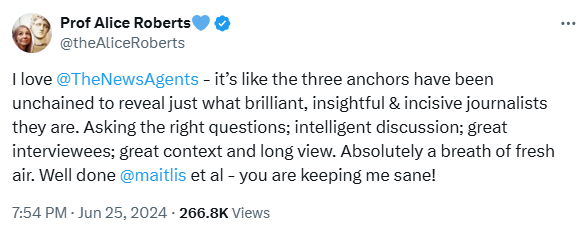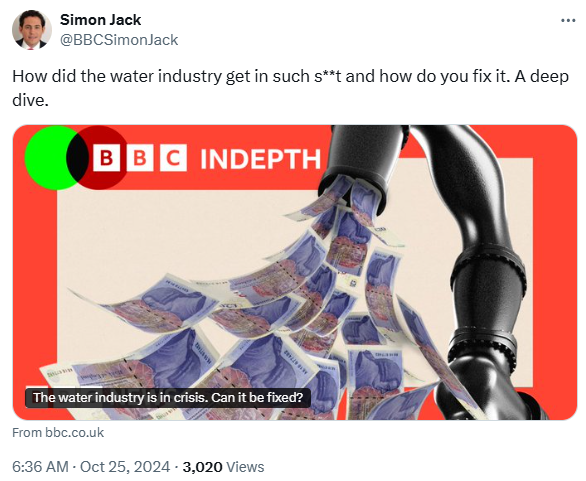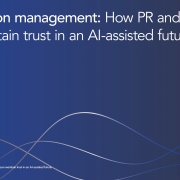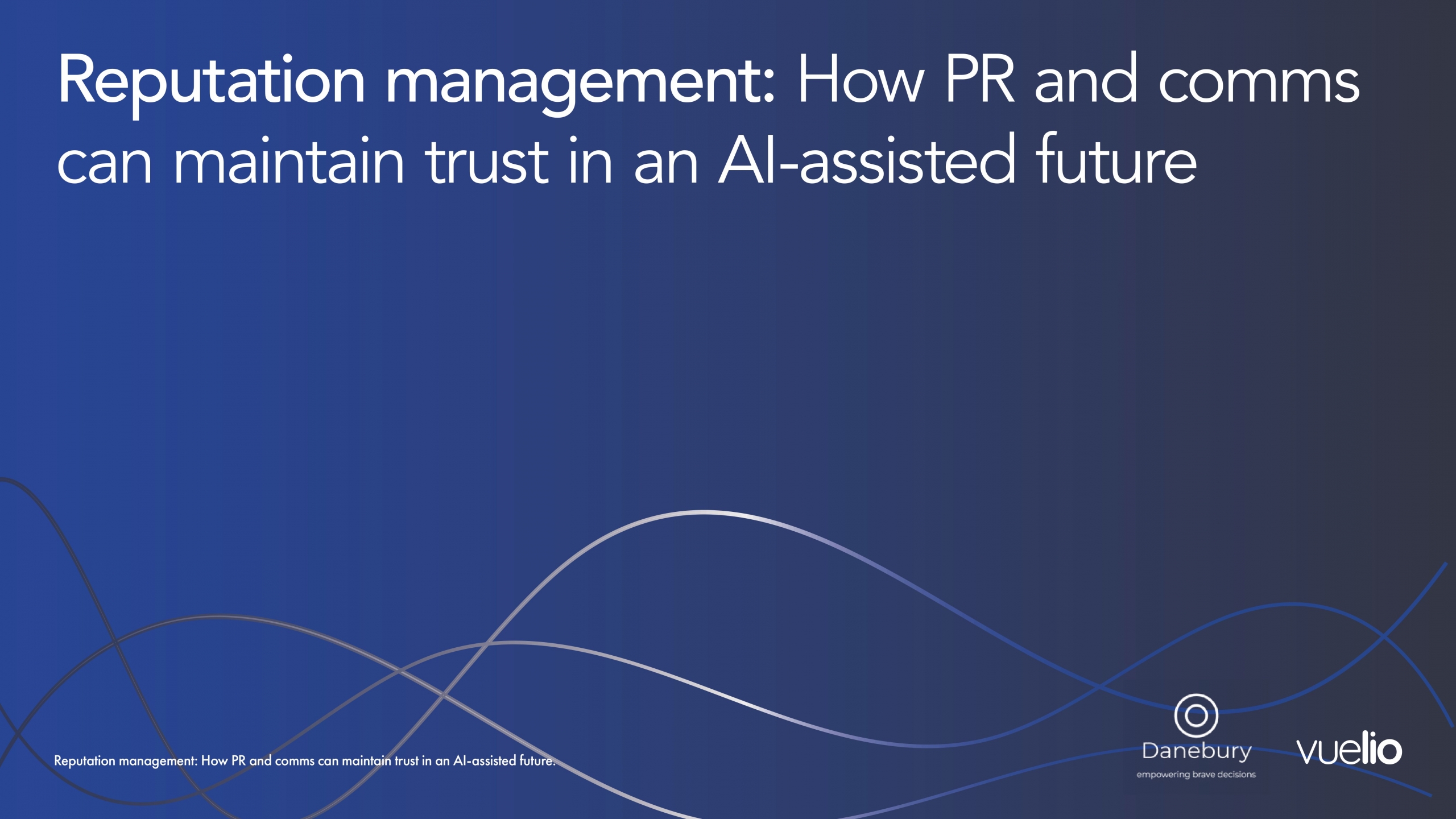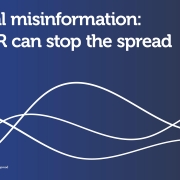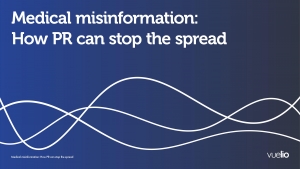Health in Focus: Autumn Budget 2025
At the end of November, the UK awaited the Autumn Budget, a monumental annual event set to define the now annual fiscal period and forthcoming policy decisions. Described as ‘chaotic’ by many journalists and potentially misleading by others, including Chris Mason at the BBC, the run-up, real-time leaks and aftermath were hardly a stable ship for policymakers and markets to navigate.
Despite this, through the lens of health policy, the Budget provided somewhat the opposite, avoiding much of the speculation. Instead, the health sector received further protection and assurances from the Treasury, with record-level funding of the NHS announced at the Spending Review protected. The Budget also confirmed the introduction of 250 new Neighbourhood Health Centres set out in the 10 Year Health Plan and an uplift to the Soft Drinks Industry Levy from 2028. The latter will see the threshold for sugar tax lowered from 5g to 4.5g and the inclusion of milk-based items to the levy. As well as raising further tax revenue to supplement the wider fiscal headroom, the measures seek to ensure producers of sugary drinks either reduce sugar in their products or are disincentivised from producing sugary products.
The Budget confirmed a lot of what was already planned and funded for including the abolition of NHS England, outlined by Wes Streeting in a speech to the NHS Providers Conference two weeks prior to Reeves’ taking to the despatch box. The merger of NHS England into DHSC is set to raise £1bn a year through abolishing 8,000 administrative posts and cutting the headcount of ICB’s by 50% via voluntary redundancy. In the speech, Streeting also confirmed the introduction of Advanced Foundation Trusts, which will grant extra autonomy to local leaders who meet a high bar of assessment, and Integrated Health Organisation contracts, which will grant trust control over their local health budget. As highlighted in a report co-produced by the Institute for Government and Nuffield Trust, wide-ranging reform presents serious risks and opportunities and the Department must ensure the move does not diminish staff expertise, neglect marginalised areas of healthcare and centralise powers too strongly in its implementation.
Despite the protectionist nature of the Budget in which the health sector took a back-seat, in the run-up, it was reported that Reeves pushed back on further funding including a refusal to grant an immediate cash injection to compensate for the redundancies from NHS England abolition. It is clear that Streeting can only push the NHS as far as the Treasury is willing, and with rates of growth in NHS spending set to rise by just 2.2% next year, it is carefully warned that this slow growth is not dissimilar to what the NHS saw under austerity measures from the previous Conservative Government. As pointed out by the King’s Fund in their reaction to the Budget, despite a ‘generous’ settlement and protected funding, the NHS is just about able to ‘keep its head above water’. This highlights both the severity of the crisis and the chasm of opportunity that the NHS faces.
Importantly, many stakeholders were left feeling empty-handed at a Budget where other sectors saw clear and more radical tax and spend policies. Notably, there was not a single mention of mental health. With mental health as a key factor in youth unemployment and welfare, two key missions for the Government, this omission from the Budget is at least surprising as much as it is concerning. However, just last week, Streeting ordered a review, led by a clinical psychologist, into the use of mental health, ADHD and autism services, with a final report to be published in Summer 2026. Following comments in March from Streeting about an ‘overdiagnosis’ of mental health it wouldn’t be egregious to expect considerable reform or potentially crackdown on mental health admissions. Set on a backdrop of a 50% increase in mental health referrals for children and young people since the pandemic, and a fourfold increase since 2009, tackling mental health could prove pivotal in easing burdens cross-departmentally from waiting lists to the welfare bill.
At the start of December, the Government announced a formal deal with the US for the relaxation of tariffs on UK pharmaceutical exports. The deal also saw the UK granted preferential terms with the US under the ‘Most Favoured Nation’ drug pricing scheme, which will include medtech exports. Importantly, and as called for by the pharmaceutical industry, the deal includes a 25% boost to UK investment in medicines. This will be delivered through two corresponding changes to the way the National Institute for Health and Care Excellence (NICE) evaluates medicines, through new QALY thresholds of £25,000-£35,000 and a consultation on a new health value set. These changes are expected to increase spend on medicines in the NHS from around 10% to 12%. The Government is also consulting on adjustments to regulations to give ministerial powers to alter QALY thresholds directly and has just announced that VPAG rebate rates will be cut by a third. This policy blitz will certainly appease some concerns from the pharmaceutical sector and look to harness the buying power of the NHS.
Despite the narrative on this issue being dominated by pro-reform voices calling for increased investment and loosened regulation, the response has been mixed. The Trump-sceptic Liberal Democrats were keen to portray the deal as an example of the Government beholden to the exploitative powers of the US, with health spokesperson Helen Morgan saying the deal was a ‘Trump shakedown’. The Nuffield Trust have said that rather than bringing benefits for more patients, the deal will actually ‘just make healthcare more expensive’ and NHS Providers have stressed there is no ‘slack’ in the NHS Spending Plan for this major commitment and greater clarity is needed on how this will be paid for.
In the opposing view, Myeloma UK and Asthma + Lung UK, key third sector stakeholders with an interest in innovative medicines, have said the deal shows that the Government recognises the need for higher-value medicines that can help treat those who need them the most. On the commercial side, the ABPI have said the deal will improve wider health outcomes and put the UK in a strong position to ‘attract and retain global life science investment’. Chair and CEO of British Myers Squibb (BMS) Board Chris Boerner has said that the move will mean BMS can invest $500m over the next five years in research, development and manufacturing, an outcome driven by the change to medicine pricing incentives.
Inevitably, pharmaceutical companies will be pleased with greater tolerance to less cost-effective medicines and the benefits of tariff-free exports. The Government will hope it can drive a tandem of better health outcomes and increased commercial investment in manufacturing and R&D, further helping to bolster health security. Despite this, it calls into question whether Streeting has fallen short in his battle with the ‘shortsighted’ pharmaceutical industry, and the consequence will be less cash in NHS managers’ hands for patients, and more in the hands of multinational pharmaceutical CEOs who may already hold too much agency over the price of modern-day healthcare.




